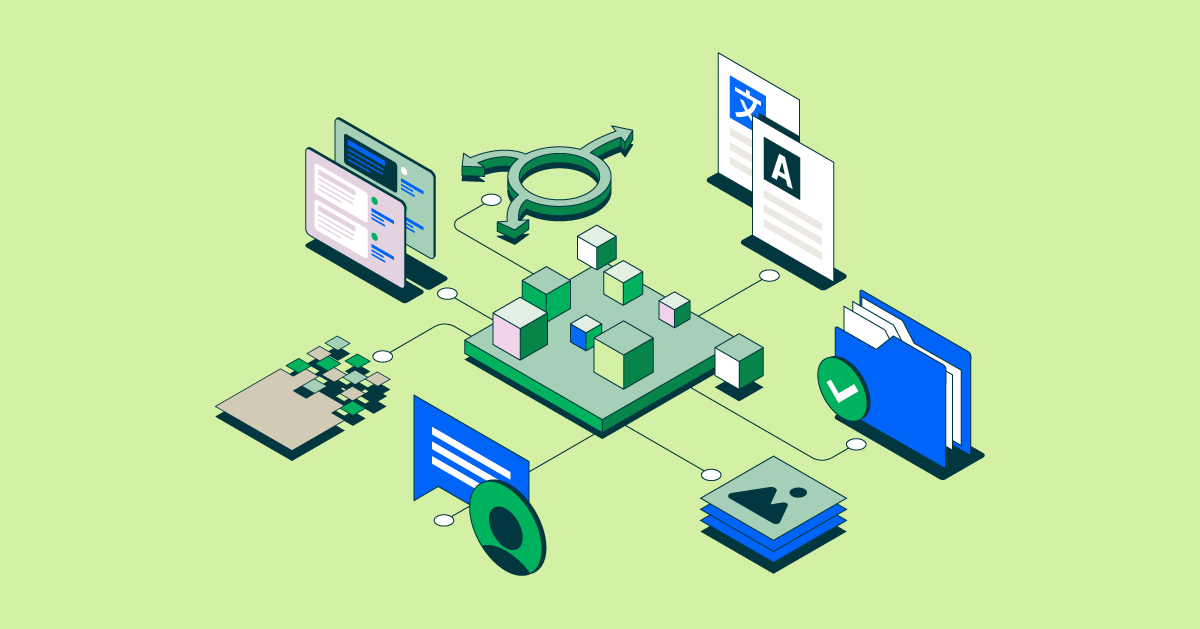
Headless CMS : The Secret Weapon Behind Fast Sites
Solidly Stated – What if your website could load instantly on any device while giving your content team unprecedented flexibility? The answer lies in headless CMS technology the invisible powerhouse driving today’s fastest, most adaptable websites. Unlike traditional systems that tie content to a single presentation layer, headless CMS architecture unleashes your content across every digital touchpoint with remarkable efficiency.
Why Headless CMS Outperforms Traditional Systems
A headless CMS separates content creation from content delivery, creating a streamlined workflow that eliminates unnecessary bottlenecks. While conventional CMS platforms force content into predefined templates, headless solutions store content as raw data that can flow seamlessly to websites, apps, IoT devices, or digital displays. This fundamental architectural difference explains why headless CMS implementations consistently achieve faster load times and better performance metrics.
The speed advantages become particularly noticeable when serving content across multiple platforms. A headless delivers content through APIs rather than bulky database queries, reducing server response times significantly. E-commerce sites using headless technology report 30-50% faster page loads, directly translating to higher conversion rates and improved search rankings.
Key Benefits of Adopting Headless CMS
Content teams enjoy unprecedented freedom with a headless CMS. Writers and editors can focus purely on creating quality content without worrying about formatting constraints or platform limitations. The system’s API-first approach means content automatically adapts to any new channel or device type that emerges in our rapidly evolving digital landscape.
Developers appreciate how headless CMS solutions eliminate the need to rebuild entire sites when adding new features. Frontend technologies can be updated or replaced without disrupting the content repository, enabling continuous innovation without migration headaches. This modular approach future-proofs your digital presence against technological shifts.
How Headless CMS Boosts Site Performance
The performance benefits of headless CMS stem from its lightweight architecture. By decoupling the backend from presentation layers, sites avoid loading unnecessary code and scripts. Content gets delivered as optimized JSON through CDN networks, ensuring rapid response times regardless of visitor location or device.
Progressive web apps built on headless platforms particularly benefit from this efficiency. They can prefetch content and implement advanced caching strategies that traditional CMS setups struggle to match. The result is app-like speed and responsiveness that keeps users engaged and reduces bounce rates.
Implementing Headless CMS: What You Need to Know
Transitioning to headless CMS requires careful planning but delivers long-term dividends. Organizations should audit their content structure before migration, ensuring content models will work effectively in a decoupled environment. While the initial setup demands more technical expertise than traditional CMS installations, the ongoing maintenance becomes significantly simpler.
Choosing the right headless depends on your specific needs. Some platforms specialize in developer-friendly features, while others prioritize content editor experiences. Integration capabilities with your existing tech stack should guide selection, along with scalability requirements and security considerations.
Real-World Success Stories
Major brands across industries have embraced headless CMS with measurable results. A leading news publisher reduced their page load time from 8 seconds to 1.5 seconds after switching, dramatically increasing reader engagement. An international retailer saw mobile conversion rates jump 35% after implementing a headless solution for their global e-commerce platform.
These success stories highlight how headless technology solves critical digital experience challenges. Organizations gain the agility to experiment with new frontend technologies while maintaining a single, consistent content source. The approach proves particularly valuable for businesses operating across multiple regions and languages.
Overcoming Common Implementation Challenges
While powerful, headless CMS adoption isn’t without hurdles. Some content teams initially struggle with the lack of WYSIWYG previews, requiring adjustment to structured content workflows. Developers may need to build custom interfaces to replicate certain editorial features available in traditional CMS platforms.
These challenges are manageable with proper preparation. Many headless providers now offer hybrid solutions that blend the flexibility of headless architecture with some familiar editorial interfaces. Training and change management play crucial roles in ensuring smooth transitions for all team members.
The Future of Content Management
Headless CMS represents just the beginning of content management evolution. Emerging technologies like AI-powered content modeling and voice interface integrations are building on headless foundations. The next generation of solutions will likely combine headless flexibility with increasingly intelligent content orchestration capabilities.
As digital experiences become more personalized and omnichannel, headless architecture positions organizations to adapt quickly. The technology enables seamless content delivery to AR/VR environments, smart devices, and platforms that haven’t been invented yet – all from a single content hub.
Why Your Business Should Consider Going Headless
The case for headless CMS grows stronger as user expectations for fast, seamless experiences intensify. Google’s emphasis on Core Web Vitals makes site performance a direct ranking factor, giving headless implementations an inherent SEO advantage. Beyond speed, the technology’s flexibility supports digital transformation initiatives and omnichannel strategies.
While not every organization needs to rush into headless adoption, forward-thinking businesses recognize its strategic value. The initial investment pays dividends through improved performance, reduced maintenance costs, and the ability to innovate without constraints. In an era where digital experience quality directly impacts revenue, headless provides a competitive edge that’s hard to ignore.
